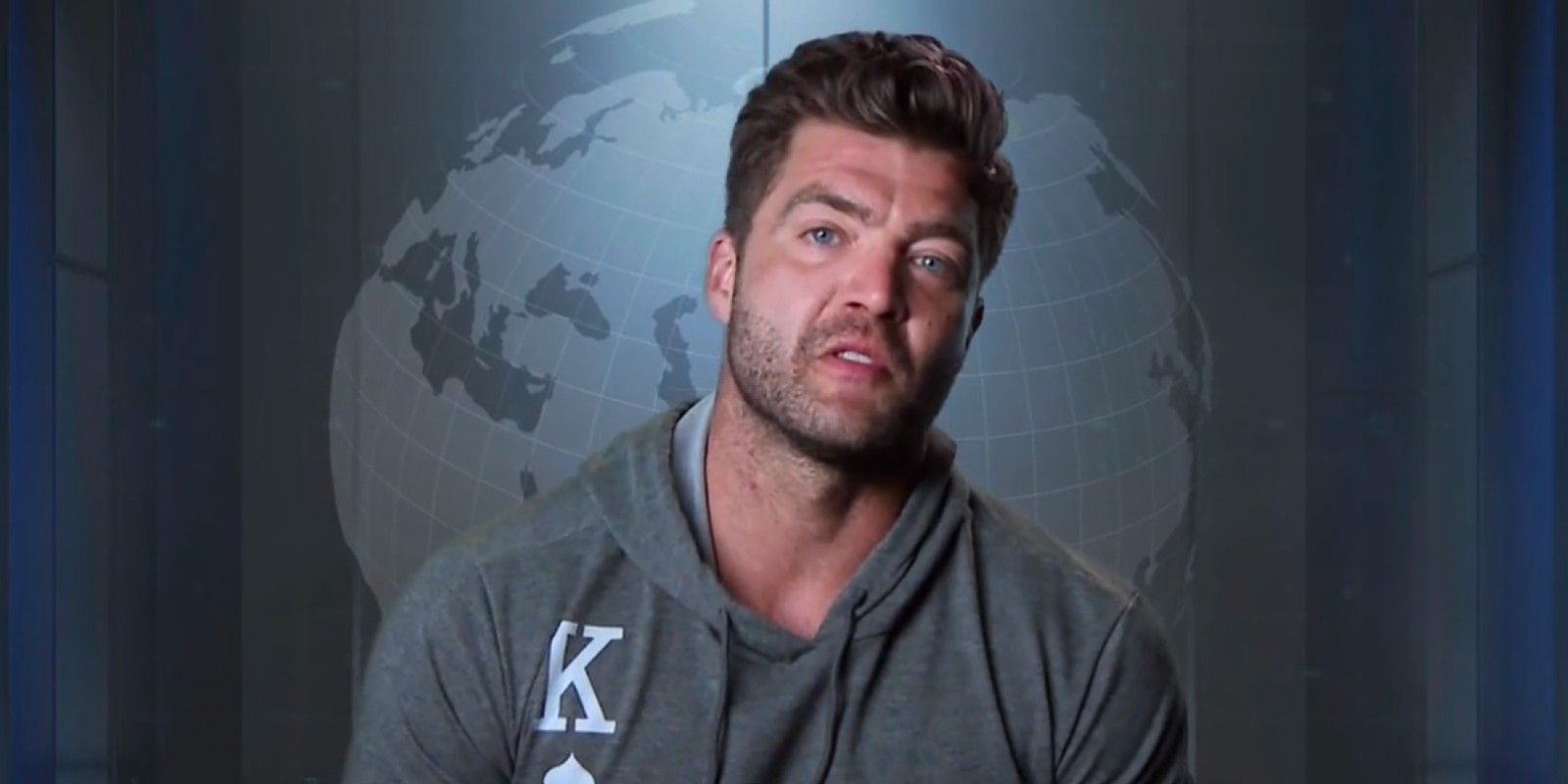

So show your child the word 'down' rather than 'DOWN' when practicing sight words. Capitals are also more difficult to read. Most of the words you will ever read will be in lower case. Little and often rather than one long session every day. You only need to go through them for a few minutes at a time. There's no need to labour sight word practice. Mix things up and combine different strategies to maximise your child's sight word recall. Things 'stick' even more when we encounter them in a range of media. Some people are more visual, some learn by listening, others by doing. ( There was no escape from those sight words! Bwhahaha!)Įveryone has a different way of remembering things. I used to blue tack my child's sight words to the wall by his bed to give him something to look at if he couldn't sleep. Have a quick review of sight words after your child's bed time story. Use a fridge, notice board, white board or other prominent bit of wall space to display the words your child is working on at the moment. Get Mum, Dad, older siblings and grandparents involved. Yes, it's obvious, but the more exposure to sight words your young child has, the more opportunities s/he has to learn them.

How can parents help their young child with sight words at home? Repetition, repetition, repetition While some children learn sight words at a rate of knots, others struggle to remember and differentiate between them. In Stage Two, students learn to spell and write all 300 words. They learn a colour coded group of words at a time and, once they have mastered these, progress to the next colour group. In Stage One, students learn to read and recognise all 300 words. Rainbow Words comprises 300 high-frequency words which make up 70% of all reading texts. King’s uses Rainbow Words from Prep to Year 2 to improve reading, increase fluency and develop comprehension. Automatic word recognition is a significant component of being able to read fluently, and having their sight words down pat instils confidence in young readers. If children can learn and recognise these words instantly, they can concentrate on deciphering the other 50% of words in any given text. Why do children need to learn sight words?Īpart from the fact that only 50% of the English language can be read phonetically, about half of all reading texts are made up of the same 100 high-frequency words: They are usually given a number of these sight words to practice and memorise each week for homework. Lower primary students are also tasked with learning a range of whole words, such as ‘the’ and ‘all’.
Sight words for 4 year olds how to#
In this way, they learn how to read and build words from their component phonemes. In Australian schools, children are taught to read phonetically: They learn their letters and the sounds they make – both individually and in combination with other letters (eg ‘ch’, ‘th’, ‘sh’).


 0 kommentar(er)
0 kommentar(er)
